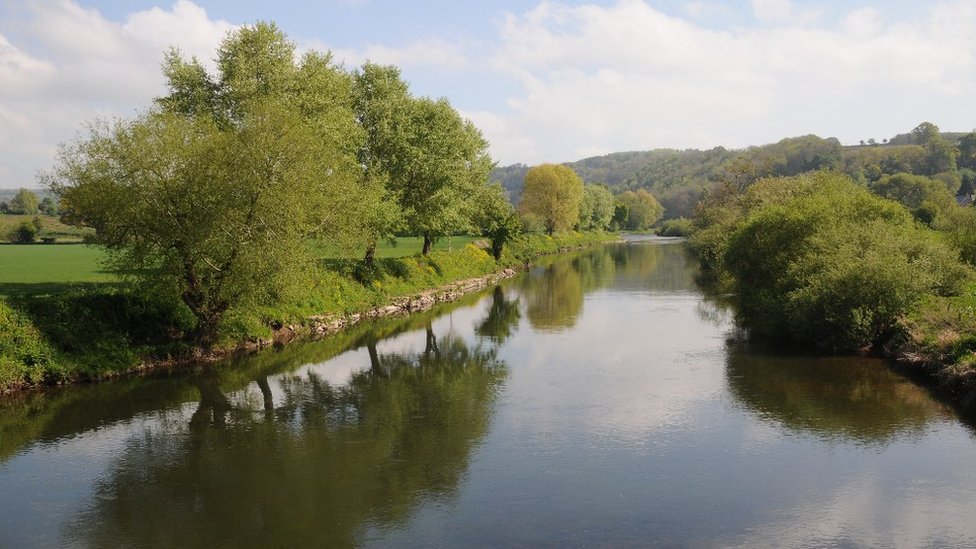Here's an interesting read for you from our friends in NRW. Basically seems to set out the problem we already knew though here they seek to absolve the chicken farms from any blame. Just another talking shop with nothing new to address current problems,.
I 'like the last sentence which suggest we can all as individuals make a contribution to solving the problem.
"
But the solution is not just about how we design developments and use land alongside our rivers. Simple changes we can each make in our everyday lives can help make a positive contribution to the reduction of phosphate levels and other forms of pollution affecting our rivers.”
More than half the River Wye is failing to meet pollution targets, a Natural Resources Wales study has revealed.
The NRW research was prompted by excessive growth of algae, often caused by high phosphate levels in the water.
Chemicals containing phosphorous can reduce the oxygen levels and the algae "smothers and blocks out light for other plants and animals", it said.
New developments near the Wye will need to show they will not add to phosphate levels in the river, the study shows.
Parts of the river turned green during sunny weather and when water flow was low, causing potential damage to ecosystems and biodiversity.
NRW published its findings outlining the phosphate levels in the Wye, following a review of historical water quality data for the Wye, which it divides into 44 sections.
Its study compared phosphate concentrations found in each section against set pollution targets.
A total of 27 failed to meet those targets.
Some of these failures, including one near Newbridge-on-Wye, were of a considerable margin.
Poultry units 'a source'
NRW said pollution sources were varied.
It said a large number of poultry farms in Powys were having an impact but the reasons were more complex.
Gavin Bown, NRW mid-Wales operations head, said: "There were concerns that phosphate levels were associated with poultry units, but we have not found a direct connection between the two elements."
Other likely sources are mains sewerage and septic tanks, misconnections and agricultural practices.

No comments:
Post a Comment
Note: only a member of this blog may post a comment.